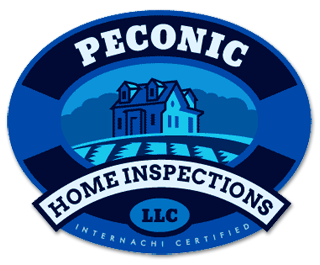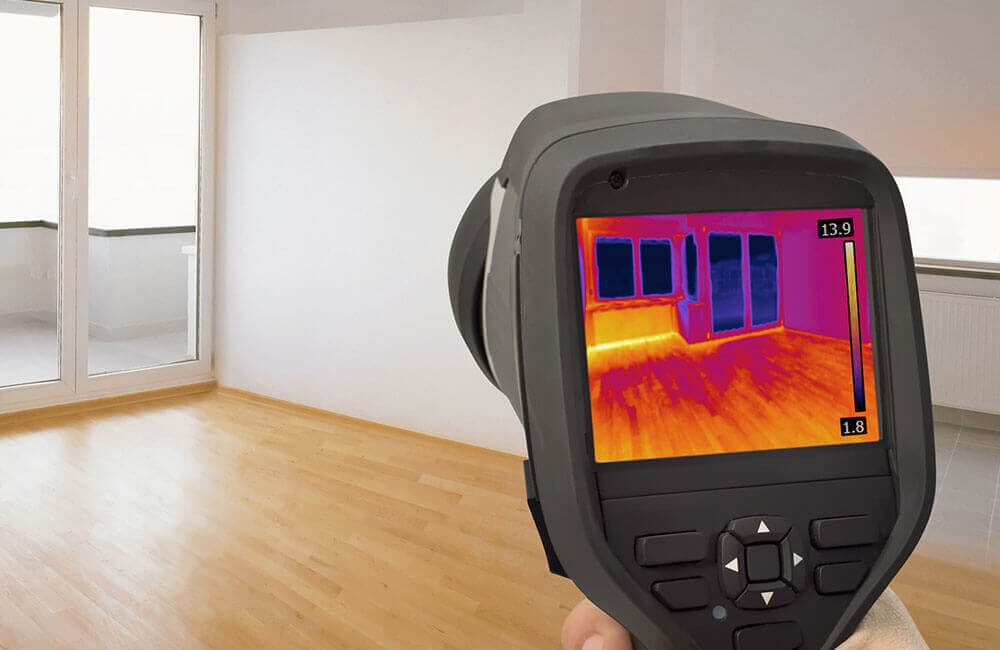What is Thermal Imaging in Home Inspections?
Thermal imaging is a tool that uses an infrared camera to scan an area of a home. The camera picks up on unusual temperature differences that may indicate something is wrong. Here are some examples of issues that thermal imaging can detect.
Moisture Intrusion
When there is a leak of any kind, whether it is from your plumbing or a hole in the roof, moisture will eventually saturate the building materials. Wet materials have a lower temperature than dry ones, so thermal imaging can pick up on an unseen leak or moisture issue. It will appear as an abnormal cool spot on the thermal image. This shows the inspector that there is moisture intrusion. Since the thermal image can pinpoint where the leak is, repair work is less intrusive.
Electrical Hotspots
An electrical hotspot is a dangerous fire hazard for any home. It is important to know if you have one, but hotspots often go unnoticed. Thermal imaging can detect hotspots because they have a concentrated higher temperature than their surroundings.
Drafts and Missing Insulation
Thermal imaging in home inspections can be used to evaluate the energy efficiency of a home. Insulation deteriorates over time, slouches down in the walls, or becomes damaged by moisture. All of these cases render it less effective, hindering your home’s energy efficiency. Thermal imaging can reveal areas where insulation is missing or inadequate, even behind drywall.
Thermal imaging in home inspections can also point out areas around doors, windows, and plumbing fixtures that are not airtight, making indoor climate control more difficult. By knowing about these air leaks and fixing them, you can improve your home’s efficiency.
Peconic Home Inspections uses thermal imaging in home inspections in Long Island. Contact us to book your inspection.

